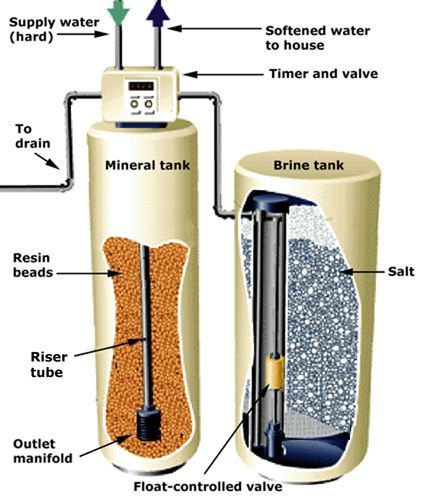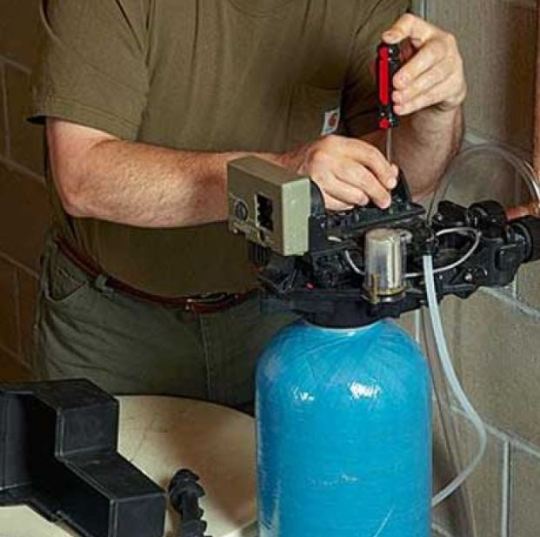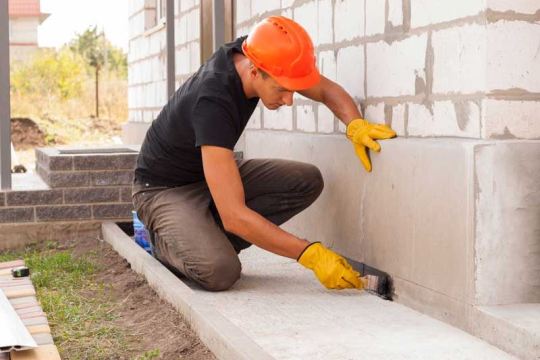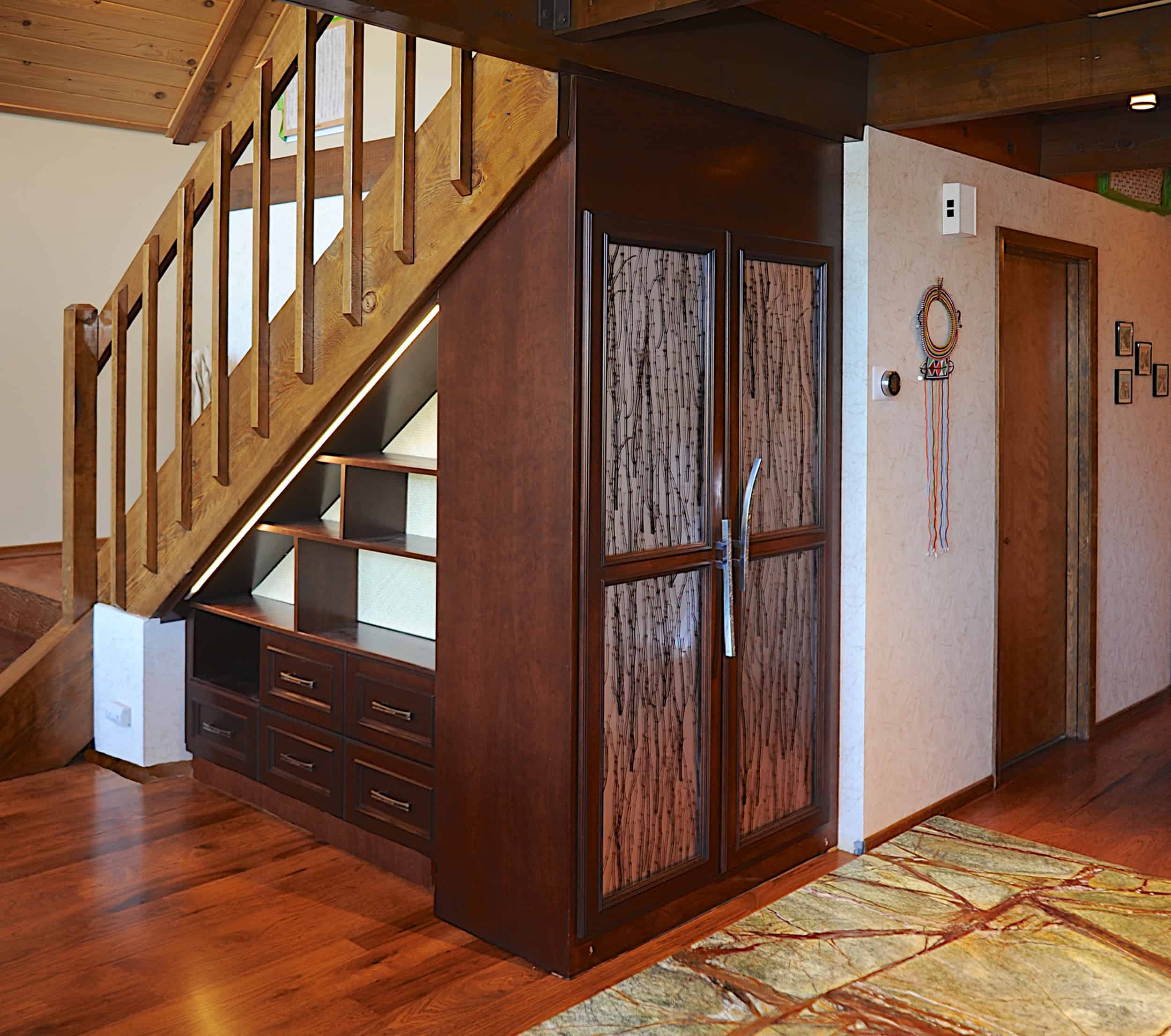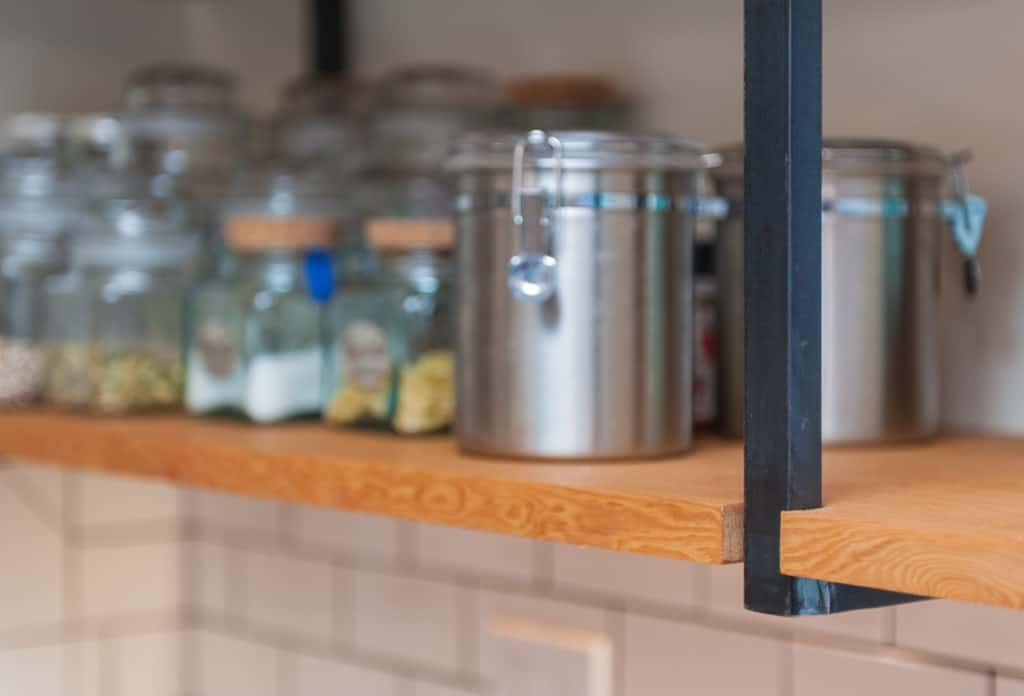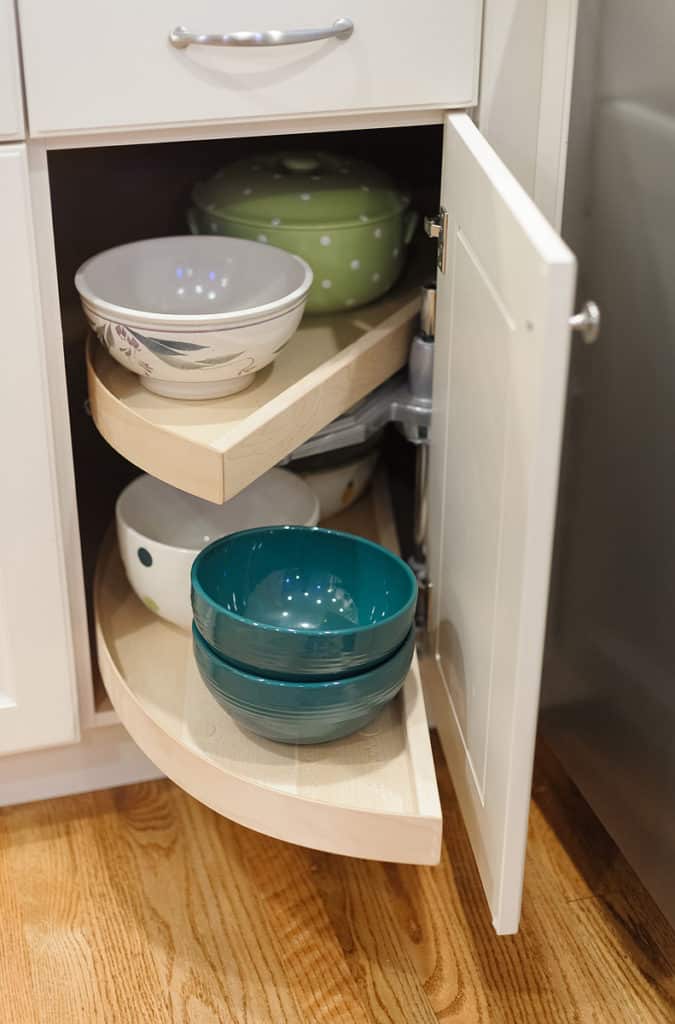One of the best home innovations today is the garbage disposal. It makes draining food and other wastes in your kitchen sink easier by shredding it to smaller pieces.
However, this doesn’t mean that you won’t have to do anything to keep it running. A disposal wouldn’t have any issues in grinding most of the food wastes. But, what happens after that could create some issues.
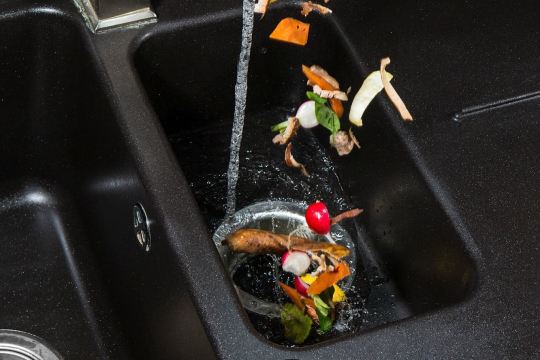
Common clogged drain problems
There are some problems that can clog your garbage disposal. Shredded pieces can actually jam up and bind the blades. Drain fittings could also become loose and leak. Sometimes, the drain itself could also get clogged.
Causes of garbage disposal clog
In order to learn how to address a clogged garbage disposal problem, it is best to be able to identify its root causes. A garbage disposal does not easily clog. But if it does, it would likely be due to the following causes:
• Flushing water is lacking- you sometimes fail to pour enough water when the disposal is grinding. This would certainly cause a clog as without enough water, the waste cannot be completely flushed down the pipes. Over time, this would build up and eventually cause the drain to clog.
• Grinding materials that create powdery or granular waste- some food wastes like egg shells or coffee grounds can actually create granular waste that could stick to the pipes. When this builds up, it would also result to a clog.
• Grinding starchy or sticky food wastes- garbage disposals would also have problems when you grind wastes like banana or potato peels. When ground, these wastes could create a sticky paste that could get stuck in the grinder’s blades. They could also build up and clog the drains.
How to unclog your garbage disposal
It can be really annoying to have a clogged garbage disposal. When this happens, it is best to address the issue as quickly as possible. You don’t necessarily have to call a plumber.

If you still have the user’s manual for your garbage disposal system, it would likely have instructions on how you will be able to unclog it. Some garbage disposals may have unique features, so it is best to consult the manual first. Otherwise, you can follow these simple steps to unclog your garbage disposal:
Step 1: Turn off the electrical power switch.
Locate the switch for your garbage disposal. Turn it off and unplug it as a safety precaution before you proceed to unclog it.
Step 2: Check the disposal.
Physically checking to see what causes the clog is necessary in order to properly address the issue. You might need to use a flashlight for this.
Step 3: Clean and remove the clogs.
When you already see the main cause of the issue, then you can clean it up and remove any objects that are causing the clog. You can manually remove the wastes by hand or with a washcloth.
Step 4: Turn on and reset the disposal.
After making sure that you remove all clogs, you can plug the disposal back in and press the reset button or start it.
If there are no other issues, these steps could get your garbage disposal running smoothly again. Otherwise, you can call customer support or a trusted plumber.
Tips for Unclogging Garbage Disposal syndicated from http://epichouseandhome.tumblr.com

